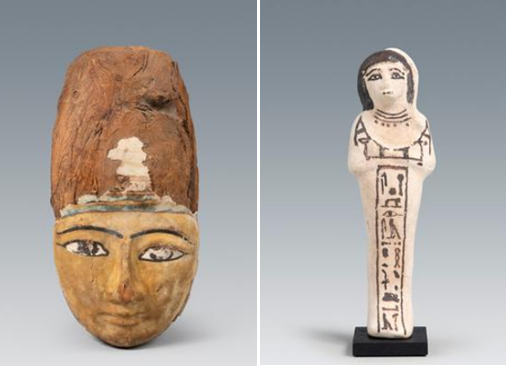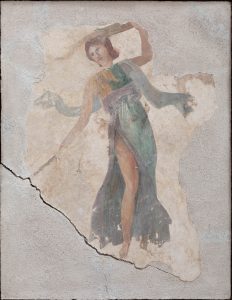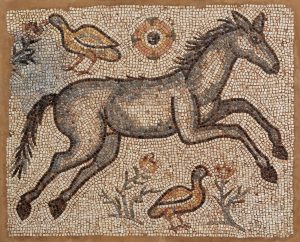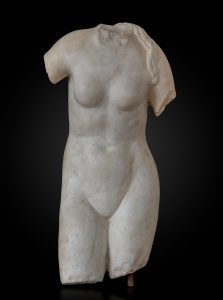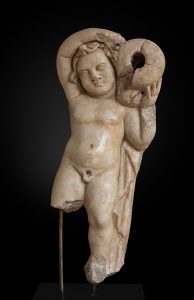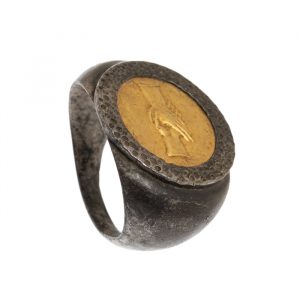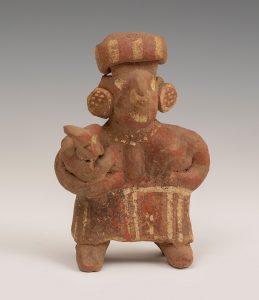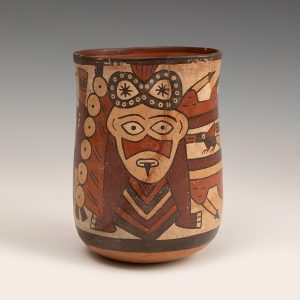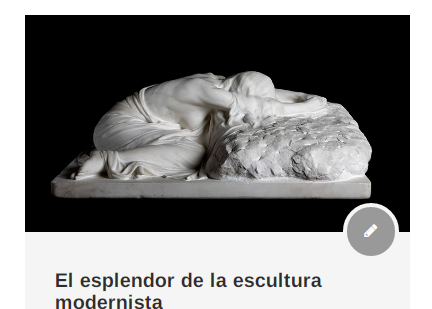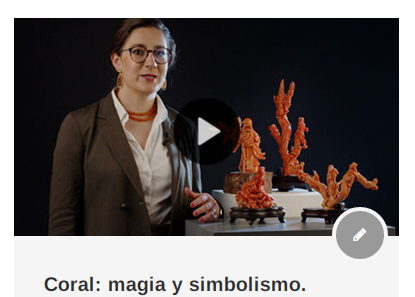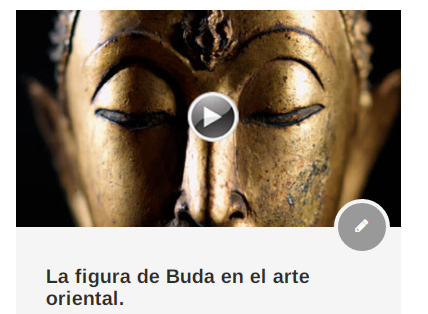Archeology, a trip to the past with Setdart.
Funerary and votive sculpture, architectural elements, jewelry and domestic props from ancient cultures and the main civilizations that make up the pillars of universal history, coincide in the archeology auction, currently in the making, which is being held in Setdart.
We will travel, if we enter this collection, all the latitudes of the world and we will travel through the centuries, from the Egypt of the Low Era and the China of the Warring States period, passing through Magna Grecia, Etruria and Rome, crossing seas towards Mesoamerica and its pre-Columbian art.
This is just one of the possible routes through the vast geography of priceless treasures from the past that we display in our gallery of lots, and that we exemplify with: an Egyptian funerary mask with hieroglyphic writing dedicated to Osiris (see lot 35218133), in good condition of conservation of both its wood and pigments. From Ancient Egypt, it is also worth mentioning the Ushabti of Faience found in the tomb of Prince Khaemwaset (c. 1281-1225 BC), the fourth son of Pharaoh Ramses II, and the second of his Great Royal Wife, Queen Isis-Nefert (see lot 35218129). to serve important personages in the afterlife, being Khaemwaset priest of the god Ptah and governor of Memphis, as well as crown prince.
As for the Roman period, it is worth mentioning a delightful fresco painting (2nd-2nd century AD) that represents a nymph adopting a graceful gesture, as if she were going to undertake a dance step (lot 35252020 ). The ribbons that wrap the long dress emphasize the soft feminine curves and the ethereal condition of her body. The painting has similarities with the so-called “third Pompeian style,” which developed during the 1st century AD. While the “second style” (developed in the 1st century BC) dominated architectural recreation, as in the House of In the Mysteries of Pompeii, the “third style” was characterized by the emphasis on isolated human figures, although not without diminishing the decorative element and the most fanciful architectural elements. Normally, these isolated figures represented allegories or mythological figures.
No less remarkable is the Roman mosaic (II AD), of considerable dimensions, which is also tendered in this collection (lot 35251998). The type of representation (a moving donkey inserted in a landscape hinted by flower buds and a zenith sun) was used on the floors of the main rooms of Roman villas
In Roman marble sculpture, two important pieces coincide: a torso of Venus Pudica (35252008), following models of Praxithelian origin, and a fountain with an erote (35252027). It is a sculpture of an erote or putti holding an amphora on his shoulder, probably conceived for a domus, that is, a domestic space. These types of infant sculptures, which served as fountains, were very frequent in the gardens and peristyles of Roman villages.
For lovers of ancient jewelry, and without leaving Rome, be sure to contemplate a ring in gold and silver (35278233), with a seal on which the “dextrarumiunctio”, symbol of concord, is engraved. alluding to the allegory of Concord (goddess of marital harmony and good political understanding).
Let us now cross the Atlantic to find different types of ceramic bowls belonging to the Mayan culture: all of them decorated with reliefs and incised motifs, these are pieces made by modeling, since the Mayans did not know the wheel.
Continuing with pre-Columbian cultures, we find a Quimbaya zoomorphic pendant (Tayrona, Colombia, 600-1200 AD) and a representation in gold and copper alloy of a Tumbaga shaman. Quimbaya was a town whose pieces of gold and silver alloy jewelery are especially imaginative and of great artistic quality. As are the terracotta figures from Nayarit (Western Mexico. 200 BC-200 AD), of which a specimen is recovered here (35217647), or the terracotta vessels of the Nazca culture, richly polychrome. The Nazca used a peculiar technique, which consisted of painting the entire surface of the vessel before firing, with polychrome pigments applied in up to eleven color gradations, with a wide variety of shades (35217645).

